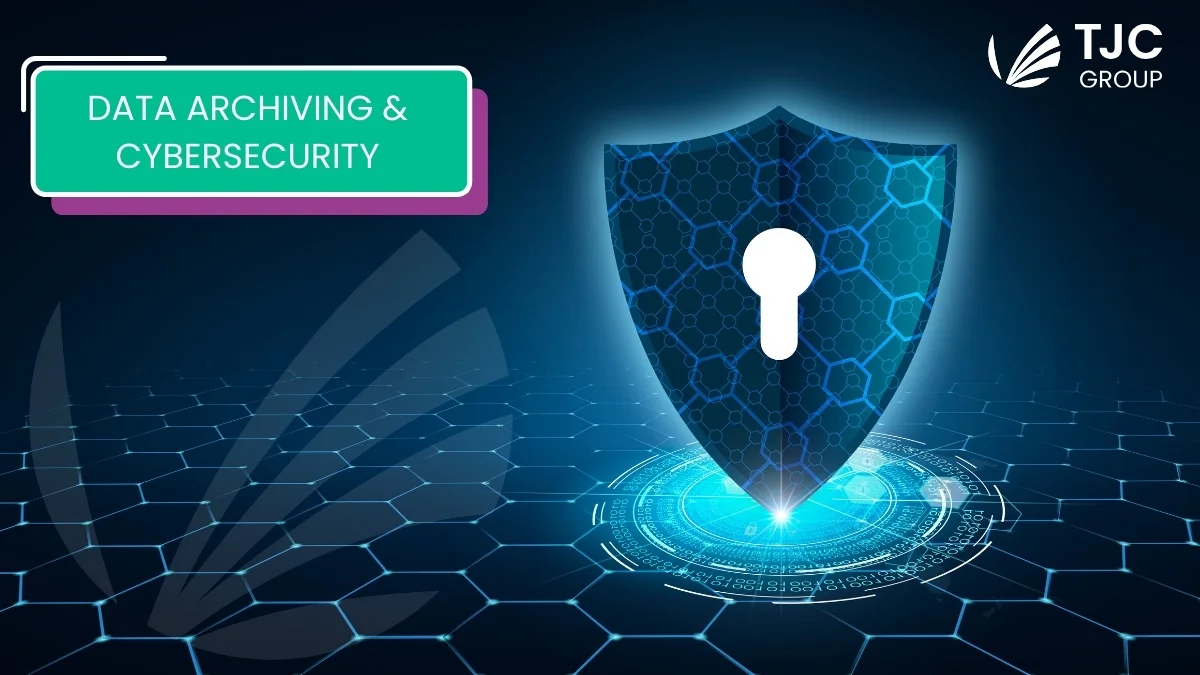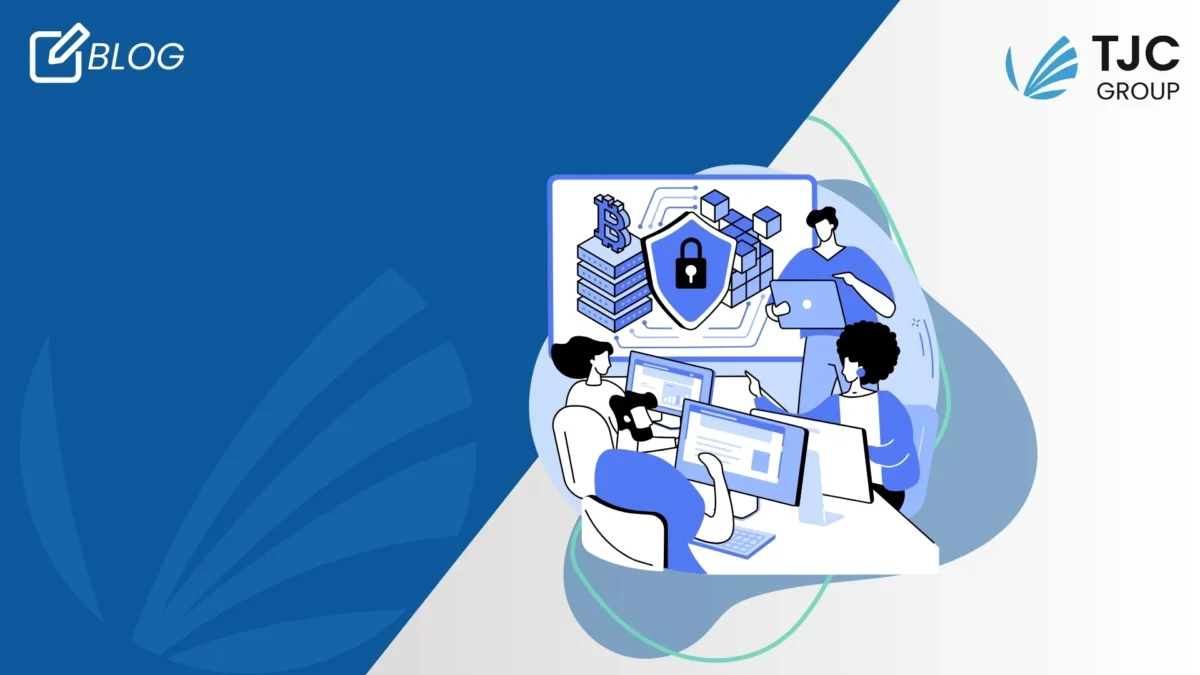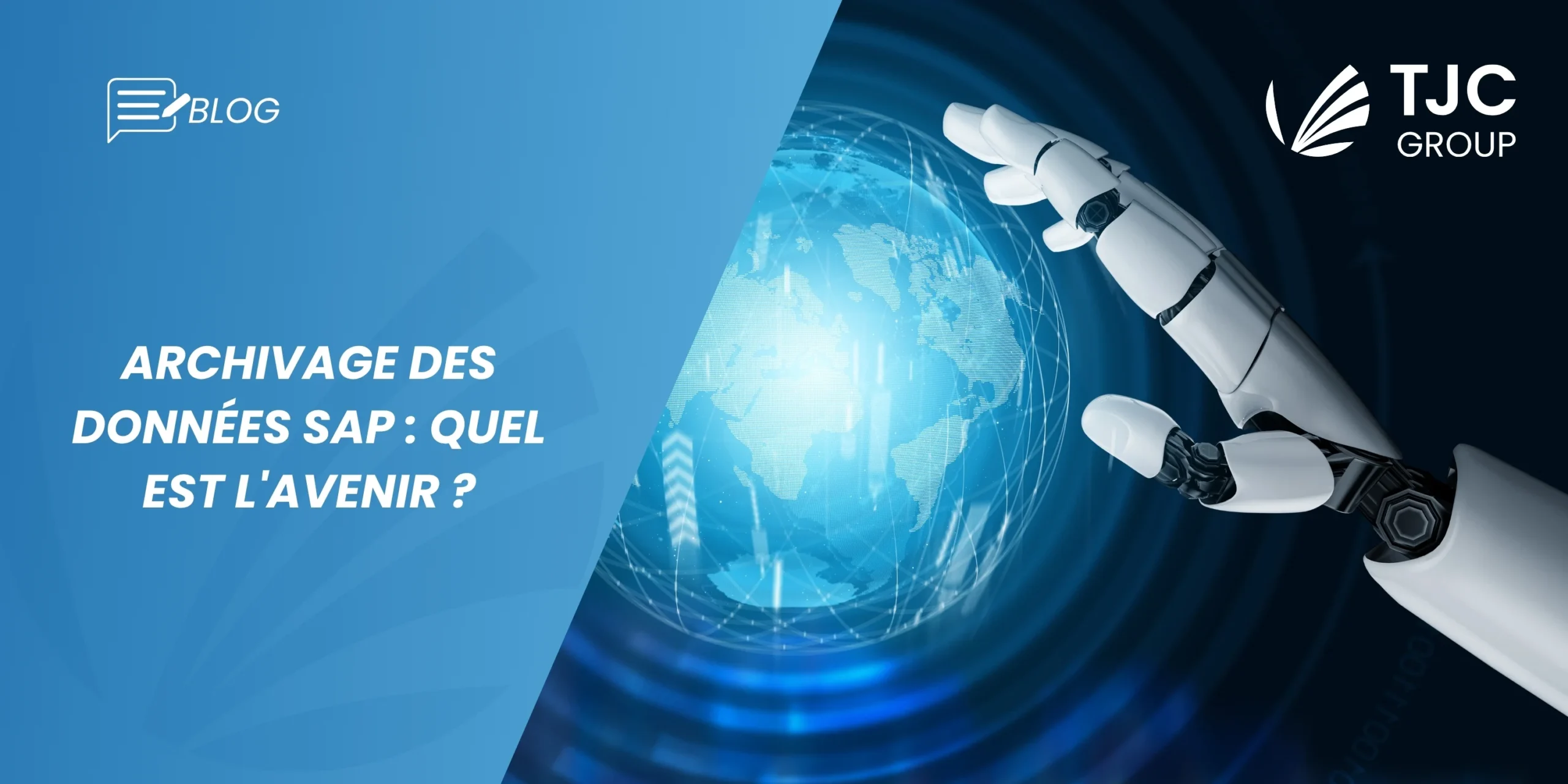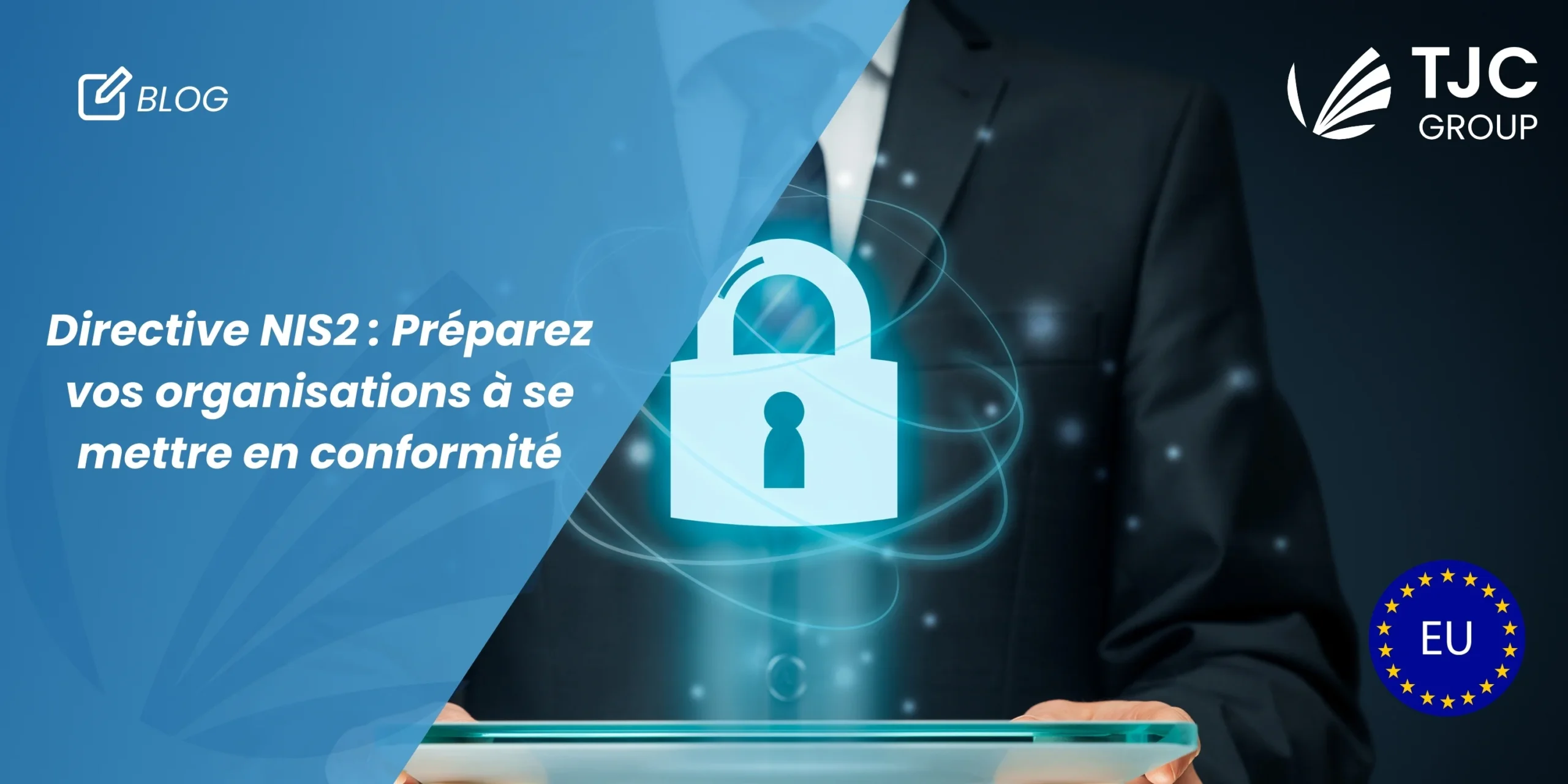Plus nos dépendances opérationnelles et nos données évoluent vers le paysage numérique, plus nous sommes soumis à des cybermenaces constantes. Cette affirmation semble déconcertante et décourageante, mais, malheureusement, elle est vraie ! Mais devons-nous cesser de compter sur la facilité de la numérisation et revenir à tout ce qui est manuel ? Absolument pas !
En fait, vous seriez surpris d’apprendre que l’archivage des données et la cybersécurité, lorsqu’ils sont associés, peuvent contribuer à lutter contre les vulnérabilités des systèmes legacy tout en protégeant vos données. Vous voulez savoir comment ? Continuez à lire ce blog !
Table des matières
Le rythme émergent des cyberattaques
Selon les rapports, en 2022, la cybercriminalité coûtera au monde environ 6 000 milliards de dollars, soit plus élevé que le PIB de certains pays. La cybercriminalité n’a épargné aucun secteur, qu’il s’agisse du style de vie, des technologies de l’information, de la beauté ou même du gouvernement. Toutefois, les cybercriminels ciblent principalement les petites et moyennes entreprises ; selon les rapports, 43 % des atteintes à la cybersécurité sont le fait de ces organisations. Et dans ce cas, une seule attaque peut avoir des effets dévastateurs.
Mais comment ces cyberattaques commencent-elles ? Selon Microsoft, 60 % des attaques commencent par la violation d’un système, surtout s’il s’agit d’un système obsolète. Les virus et les erreurs humaines (par exemple, cliquer sur des liens de courriels suspects ou tomber dans des escroqueries par hameçonnage, etc.) On dit que plus les données sont nombreuses, plus le risque de violation est élevé. Cependant, l’une des raisons de ces violations peut être attribuée aux vulnérabilités cachées des systèmes obsolètes, qui ne sont pas corrigés ou mis à jour.
Ce qui est encore plus choquant, c’est que 70 % des petites entreprises cessent leurs activités dans un délai de 6 mois à 1 an si elles sont confrontées à une violation importante de leurs données. Les organisations doivent donc renforcer leurs mesures de cybersécurité, en protégeant davantage les données essentielles à leur activité.
Vulnérabilités en matière de cybersécurité
Avant de voir comment l’archivage des données joue un rôle dans la cybersécurité, parlons des vulnérabilités auxquelles les systèmes peuvent être confrontés.
Si nous devons définir la cybersécurité en termes simples, nous dirons qu’il s’agit d’un hypernyme ou d’un “terme générique” pour décrire les meilleures pratiques, les politiques, les contrôles et les outils qui protègent les actifs informatiques de votre entreprise contre les menaces émergentes, les attaques malveillantes et les accès non autorisés.
En matière de cybersécurité, on parle de vulnérabilités lorsqu’il y a des lacunes, des points faibles ou des contretemps dans votre infrastructure informatique, qui peuvent généralement servir de points d’entrée pour des cyberattaques. En fait, les cybercriminels sont toujours à l’affût de ces vulnérabilités pour attaquer la structure informatique de l’organisation. En effet, les vulnérabilités passent souvent inaperçues, en particulier celles liées à des données ou des systèmes obsolètes.
En outre, avec la numérisation des données (au fur et à mesure qu’elles sont mises en ligne), les cybercriminels ont accès aux vulnérabilités et ont la possibilité de les exploiter à une plus grande échelle. Ces vulnérabilités peuvent provenir de la base de données, des systèmes d’exploitation, etc., ce qui signifie que les sources de menaces peuvent être nombreuses.
Existe-t-il des types de vulnérabilités en matière de cybersécurité ?
Les cyberattaques ne se limitent plus aux escroqueries par hameçonnage ; plus nous évoluons vers un avenir automatisé, plus les esprits criminels deviennent malveillants. Aujourd’hui, les menaces qui pèsent sur les infrastructures informatiques ne se limitent pas aux pirates informatiques ou aux collaborateurs internes. Des États-nations aux groupes terroristes en passant par les espions d’entreprise, la liste des cybermenaces possibles est très large.
En outre, plusieurs autres cyberattaques sont apparues récemment, comme les attaques liées aux pandémies, les brèches dans le cloud, les attaques IoT, le cryptojacking, la cybercriminalité en tant que service (CCaaS), les attaques de la chaîne d’approvisionnement, les menaces persistantes avancées (APT), l’injection SQL, etc. Bien entendu, ces attaques s’ajoutent aux cyberattaques classiques telles que le phishing, les ransomwares, les logiciels malveillants, le spear phishing, etc.
De même, les vulnérabilités peuvent provenir de différentes sources qui peuvent faire de votre paysage informatique la proie de cyberattaques. D’une manière générale, les sources les plus courantes de vulnérabilités sont les suivantes :
- Logiciels non corrigés ou obsolètes
- Mauvaises configurations du système
- Faiblesse des informations d’authentification
- Mauvais cryptage des données
- Politiques d’autorisation incomplètes.
Si nous parlons en termes de systèmes SAP spécifiques, voici quelques exemples de vulnérabilités SAP
SAP NetWeaver: CVE-2022-22536 : note SAP 3123396 et CVE-2019-0328 : note SAP 2758144
NetWeaver Application Server Java: CVE-2020-6287 : SAP Note 2934135, CVE-2019-0321 : SAP Note 2758146, CVE-2018-2380 : SAP Note 2562333, et CVE-2021-27610 : SAP Note 3037518.
Le rôle de l’archivage des données dans les vulnérabilités en matière de cybersécurité

La gestion du volume de données est d’une importance capitale pour les entreprises, quelle que soit leur force ou leur taille. Elle joue plusieurs rôles dans l’environnement de données de l’organisation, ce qui facilite son fonctionnement. Par conséquent, l’un de ses rôles est de contribuer à la confidentialité et à la sécurité des données, ce que vous pouvez réaliser grâce à l’archivage des données.
Vous voyez, les données peuvent se présenter sous n’importe quelle forme. En réalité, vos courriels sont également des données et, oui, ils doivent être archivés. Selon IDC, les courriels professionnels représentent environ 60 % des données critiques de l’entreprise. Il peut s’agir d’informations confidentielles, de données financières de l’entreprise, de fiches techniques de produits, etc. Comme les cybercriminels peuvent envoyer des chevaux de Troie, des vers et des logiciels malveillants par l’intermédiaire des courriels pour voler et détruire des données, la réduction globale des données dans le paysage technologique de votre organisation est essentielle.
L’archivage des données est une approche stratégique qui permet de gérer la croissance des données, d’optimiser les performances du système et de garantir une utilisation efficace des ressources de la base de données dans les environnements SAP. Il permet de trouver un équilibre entre la conservation des données historiques importantes et le maintien d’une infrastructure informatique légère et performante. L’archivage garantit que les données sont en sécurité et protégées contre toute violation potentielle, où elles sont déplacées vers un système de stockage à long terme et peuvent être réintégrées dans le système principal lorsque cela est jugé nécessaire. Dans le monde SAP, l’Archive Development Kit (ADK)* est la technologie utilisée pour l’archivage des données, conjointement avec l’administration des archives (transaction SARA).
Quel est donc le rôle de la gestion du volume des données ou de l’archivage des données pour éviter que votre infrastructure informatique ne subisse des cyberattaques par le biais de vulnérabilités ?
Gouvernance des données
L’archivage comporte plusieurs techniques – la gouvernance des données est l’une d’entre elles. Il s’agit d’une anthologie de règles et de responsabilités garantissant la disponibilité, la qualité et, surtout, la conformité et la sécurité des données dans l’ensemble de l’infrastructure informatique de l’organisation. Avec l’aide de la gouvernance des données dans la gestion du volume des données, vous pouvez établir l’infrastructure et nommer des personnes ou des postes au sein de votre organisation qui auront à la fois l’autorité et la responsabilité de traiter et de protéger des types de données spécifiques.
Nous aimerions souligner que la gouvernance des données est un élément crucial de la conformité, où les systèmes garantissent les mécanismes de stockage et de sécurité. En fait, elle garantit que les données sont précises et protégées avec exactitude avant qu’elles ne soient introduites dans le système (lors de leur utilisation ou de leur extraction).
Sécurité des données
Garantir la sécurité de vos données est l’une des préoccupations majeures aujourd’hui. C’est donc un avantage que l’archivage des données garantisse la sécurité des données! Cependant, la sécurité des données fait partie intégrante de la gouvernance des données. Elle garantit que les systèmes sont configurés correctement et, plus important encore, qu’ils sont administrés de manière à protéger vos données. En outre, la sécurité des données garantit également que les procédures nécessaires sont en place pour protéger les données, essentiellement celles qui se trouvent en dehors de la base de données ou du système
Une reprise après sinistre plus rapide
Parfois, quelle que soit votre vigilance, des problèmes de sécurité peuvent survenir – nous le comprenons ! Cependant, il est important d’avoir une stratégie pour restaurer ou sauvegarder vos données. Heureusement, l’archivage des données vous soutient ! Grâce à ses capacités de réduction des données, vous disposez non seulement d’une base de données de taille réduite, mais aussi d’un système aux performances optimisées. Ensemble, ils contribuent à une reprise après sinistre sans effort ainsi qu’à une meilleure continuité des activités. Les organisations peuvent donc bénéficier d’une sauvegarde et d’une restauration aisées des données, tout en minimisant les temps d’arrêt et les pertes de données en cas de défaillance du système due à une violation des données ou à une cyberattaque.
En outre, l’archivage des données aide les organisations à mettre en œuvre et à appliquer efficacement les politiques de conservation des données. Les périodes de conservation, ainsi que les critères d’archivage, garantissent la conformité légale et réglementaire.
Prenez en charge la sécurité de vos données
Avec la multiplication des données dans le paysage numérique d’aujourd’hui, les organisations doivent redoubler de prudence pour protéger leurs données contre les violations et les cyberattaques. La gravité des cyberattaques et des violations de données est énorme. Selon les données disponibles, le Royaume-Uni a perdu plus de 34,5 millions d’euros à cause de la cybercriminalité en 2021. En outre, on estime que les dommages causés par la cybercriminalité à l’échelle mondiale pourraient atteindre 10 500 milliards de dollars d’ici à 2025. Les atteintes à la protection des données ne pèsent pas seulement sur vos finances ; elles peuvent aussi entraîner des –
- Atteinte à la réputation
- Imposition d’amendes
- Dégradation de la productivité et du moral des troupes
- Continuité des activités
- Partenariats ; perte de confiance des clients.
- Restructuration
- Responsabilité juridique
Les cybermenaces gagnent en sophistication à un rythme inquiétant en raison de l’apparition de plusieurs nouvelles techniques. Ces menaces et ces attaques extorquent de l’argent aux organisations ou aux utilisateurs individuels, perturbent les entreprises ou volent et détruisent tout simplement des informations sensibles. Seuls les hackers malveillants savent ce qui se passe dans leur tête, mais pour protéger nos données et nos systèmes de ces activités, il est indispensable de mettre en place des politiques de cybersécurité solides et d’opter pour l’archivage des données et la suppression des données et des systèmes obsolètes. C’est maintenant qu’il faut agir, et avec l’archivage des données, il est potentiellement possible de parvenir à une sécurité solide.
Conclusion
Si la cybersécurité et l’archivage vont de pair, le fait d’avoir un partenaire qui renforce le processus est un plus. C’est ici que le TJC Group entre en scène. Avec plus de 25 ans d’expertise dans la gestion des volumes de données, notre solution d’archivage des données va au-delà des nuances de la cybersécurité. En outre, notre logiciel d’archivage – Archiving Sessions Cockpit (ASC)- améliore encore l’ensemble du processus car il effectue régulièrement un archivage automatisé, éliminant les risques d’erreurs manuelles et réduisant ainsi les risques de violations de données ou de cyberattaques.
En tant qu’organisation certifiée ISO27001, nous veillons à ce que les politiques et lignes directrices nécessaires en matière de cybersécurité soient en place pour tous nos logiciels et systèmes internes et externes.
Prenez contact avec nous pour tirer le meilleur parti de nos solutions. Soyez assurés que nous prendrons en charge vos besoins en matière d’archivage de données !











